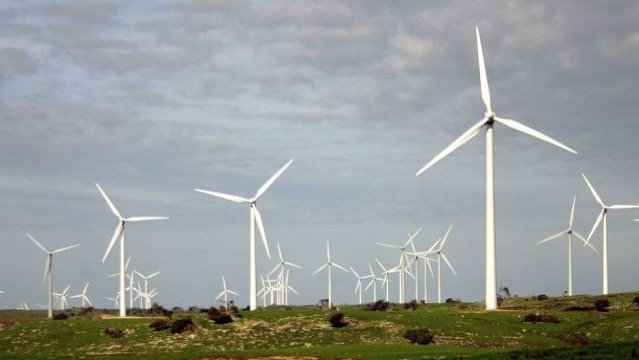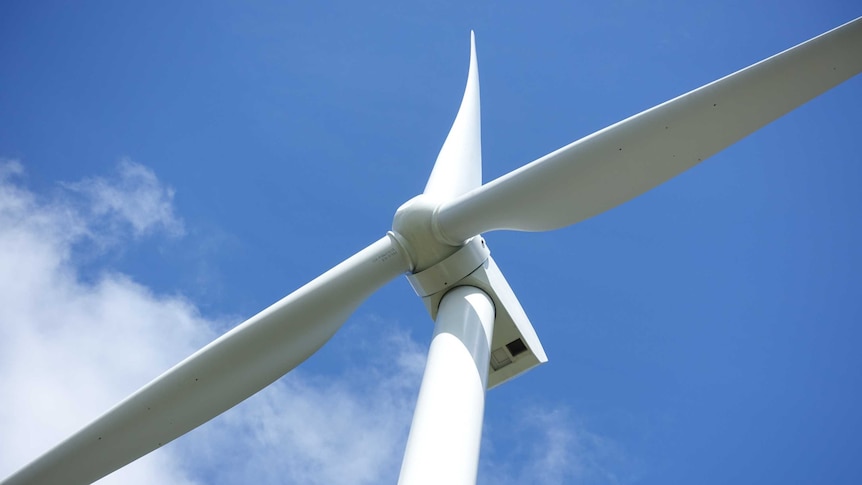The answer to cheaper and cleaner energy has been blowing in the wind for years — and finally the federal government has realized, green energy advocates say.
Key points:
- $160 million will be spent to connect a wind farm precinct to the grid
- The infrastructure is already under construction
- Chris Bowen says it will put “downward pressure” on power prices
This week’s announcement that the federal government will foot the bill to connect the Southern Renewable Energy Zone to the national electricity market is historic, according to the Queensland Conservation Council.
“We’re finally seeing some clarity from government on the fact that we are transitioning to renewables,” council director Dave Copeman said.
“For too long, it was a political football. And that just meant there was no certainty for investors.”
Mr Copeman said that “lack of certainty” had hurt Queenslanders in the hip pocket.
“Our power bills have gone up… but this decision says the future of power will be cleaner and cheaper,” he said.
“There’s no fuel price for wind or solar, it doesn’t go up and down when you have international crises.
“It just gets cheaper and cheaper the more you build.”
The Macintyre wind farm precinct, which is one of two projects in the Southern Renewable Energy Zone, is expected to be operational on the Southern Downs in 2024.
Nail in the coffin for fossil fuels?
Not too far from the Southern Renewable Energy Zone is the town of Acland, home to the New Acland Coal Mine.
Owners of the mine are hoping to expand its operation.
But Mr Copeman said the government’s decision to pay to connect renewables to the grid sent a message to the fossil fuel industry.
“If I was someone who was looking to invest in fossil fuels in Australia, I’d say this is not a good time to do so, because the government has made clear our intention is to reduce emissions,” Mr Copeman said.
Queensland Resources Council chief executive Ian Macfarlane rejected claims the decision would have any influence on the future of the mine’s operations.
“There’s really no connection and to use the Prime Minister’s words, we should be mining while ever there is a demand for it,” he said.
Mr Macfarlane said while the sector welcomed bringing more reliable renewables online, there was still a future for coal and gas producers.
“We still have a near and present danger that we will not have the reliability of electricity because even the best wind farms and solar farms only produce for about 40 per cent of the time,” Mr Macfarlane said.
Southern Downs Regional Greater Vic Pennisi said he was just happy no one had complained about the wind turbines.
“When we were doing a solar farm there were plenty of complaints in relation to that,” he said.
“And at this point in time I’m not aware of any complaints in relation to the [wind farm] project.”
He said the long-term benefits would have been seen throughout the community.
“There’s the construction and the maintenance phase, but it’s not just that, it’s what you use the power for that will generate another level of economic benefit,” he said.
He said the region’s ideal weather conditions were part of the reason it was being touted as the future energy capital of Australia.
“You need wind and you need sunshine and we’ve got both of them and we’ve got the lowest differential between hot and cold [temperatures] and that would be a factor for it as well,” he said.
.

